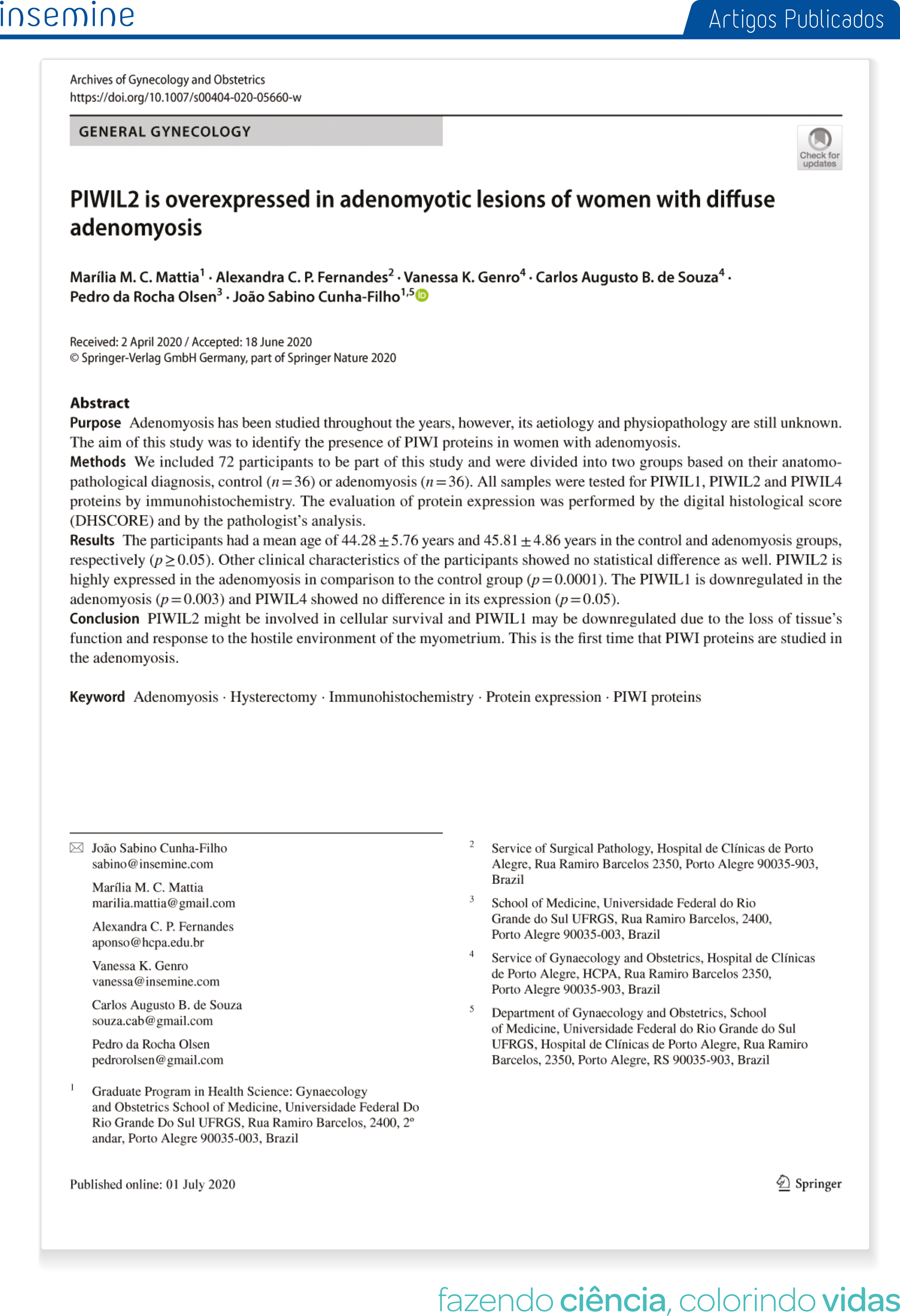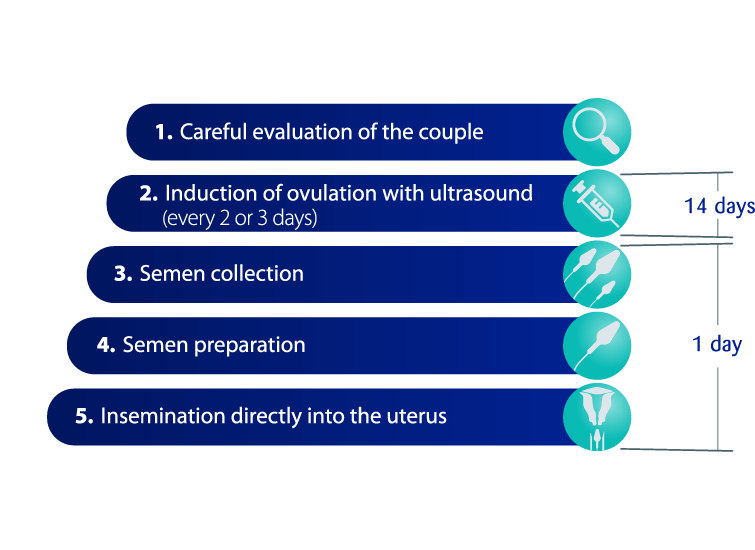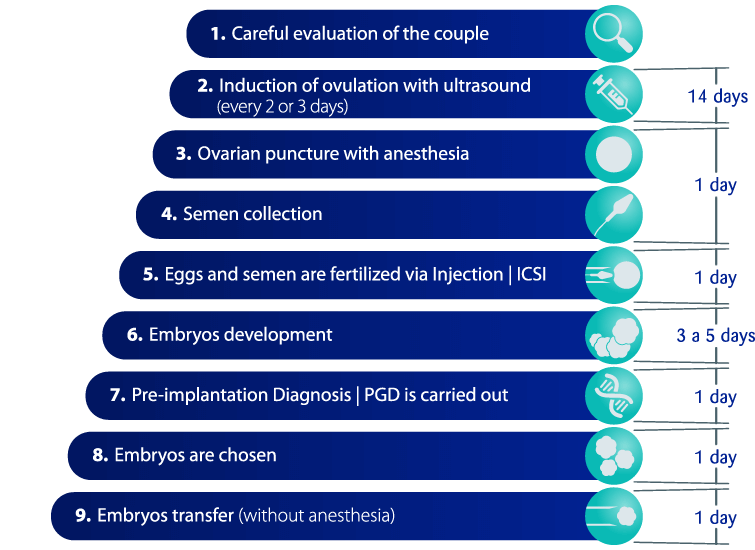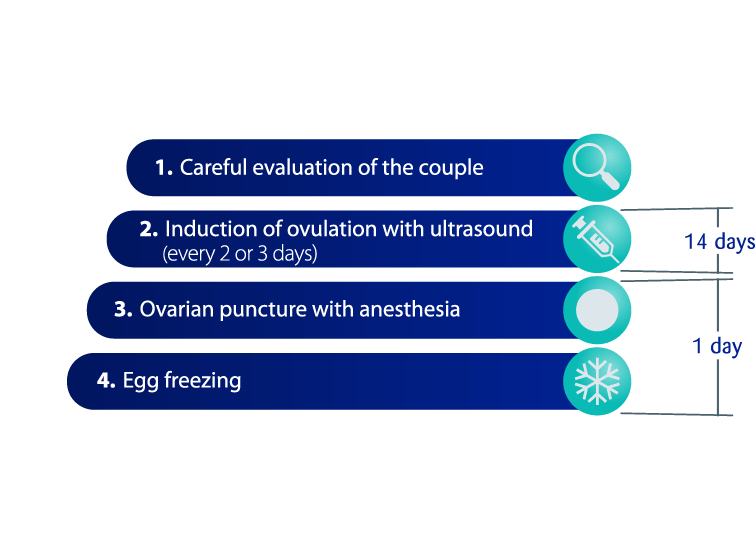Archives of Gynecology and Obstetrics
Warning: getimagesize(../../..//images-tools/202103181106281.jpg): failed to open stream: No such file or directory in /home/storage/d/76/b9/insemine/public_html/english/content/novidade.php on line 13
https://doi.org/10.1007s00404-020-05660-w | June 01, 2020
PIWIL2 is overexpressed in adenomyotic lesions of women with diffuse adenomyosis
Abstract
Purpose Adenomyosis has been studied throughout the years, however, its aetiology and physiopathology are still unknown. The aim of this study was to identify the presence of PIWI proteins in women with adenomyosis.?Methods We included 72 participants to be part of this study and were divided into two groups based on their anatomo? pathological diagnosis, control (n = 36) or adenomyosis (n = 36). All samples were tested for PIWIL1, PIWIL2 and PIWIL4 proteins by immunohistochemistry. The evaluation of protein expression was performed by the digital histological score (DHSCORE) and by the pathologist’s analysis.
Results Theparticipantshadameanageof44.28±5.76yearsand45.81±4.86yearsinthecontrolandadenomyosisgroups, respectively (p ? 0.05). Other clinical characteristics of the participants showed no statistical difference as well. PIWIL2 is highly expressed in the adenomyosis in comparison to the control group (p = 0.0001). The PIWIL1 is downregulated in the adenomyosis (p = 0.003) and PIWIL4 showed no difference in its expression (p = 0.05).
Conclusion PIWIL2 might be involved in cellular survival and PIWIL1 may be downregulated due to the loss of tissue’s function and response to the hostile environment of the myometrium. This is the first time that PIWI proteins are studied in the adenomyosis.
Keyword Adenomyosis · Hysterectomy · Immunohistochemistry · Protein expression · PIWI proteins
Introduction
Adenomyosis is a benign disease that affects women in their reproductive years [1]. This disease is characterized by the invasion of the endometrial tissue into the myometrium [2, 3]. It is estimated that one third of the cases of adenomyo? sis are non?symptomatic, and therefore, they are only found during a routine imaging examination [4]. In the cases in which adenomyosis is symptomatic, it can be treated with analgesics, oral contraceptives or surgery.
In the past, adenomyosis was considered to be a pathol? ogy exclusively of women over 40 years old and with mul? tiple gestations; however, with the advent of assisted repro? duction techniques, doctors have been able to identify its presence in women throughout their reproductive years [2]. Currently, the physiopathology of adenomyosis is still the subject of study for researchers and its link to subfertility needs a more robust scientific evidence. A few studies have shown that this disease could result in embryo implantation difficulties and higher rates of spontaneous abortion [5].
For the purpose of helping to understand the mechanisms that are involved in the physiopathogenesis of adenomyosis, this work aimed to investigate the relationship between this disease and PIWI proteins. Although the search to under? stand how this invasion occurs is valid, there is no record in the literature of any previous study with this objective [6, 7].
The PIWI proteins have a central role in the transposons silencing process, and they are found in the germinative cell lineage. They have been reported in different types of germi? native and somatic cancers, such as seminomas and multiple myelomas [8, 9]. Therefore, this study aimed to contribute to the comprehension of PIWI proteins as well as to the knowledge about adenomyosis.
Marília M. C. Mattia1 · Alexandra C. P. Fernandes2 · Vanessa K. Genro4 · Carlos Augusto B. de Souza4 · Pedro da Rocha Olsen3 · João Sabino Cunha?Filho1,5









